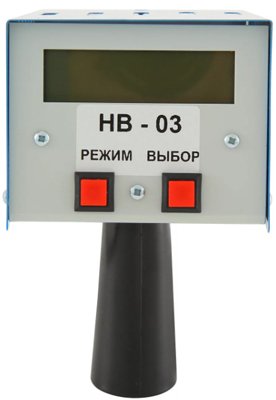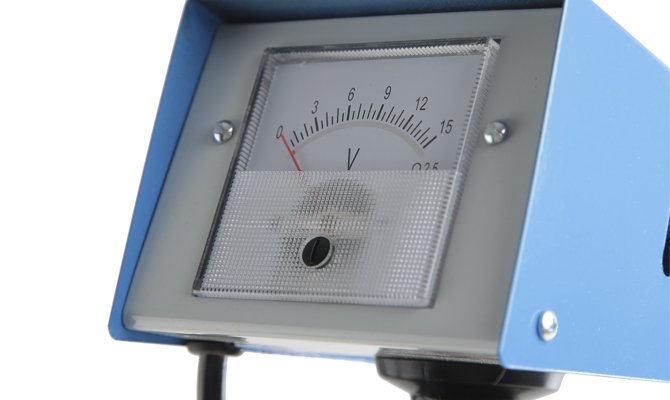The load plug is designed to read information about the battery charge. It is a necessary mechanism in order to determine how well and efficiently a power source works.
It is used to test the on-board system of a car. One of the advantages of this device is that when disconnecting the load, it can be used as a voltmeter.
From the article you will learn about what it represents, how it works, about popular models that can be bought on the Russian market, how to use it so that it lasts as long as possible.
Content
What is a load fork and what is it for?
The battery is responsible for starting a specific device. For example, if we are talking about a car, then if the power supply is faulty, the car simply will not start.
Even high-quality and new batteries can show inefficient operation; there is no need to talk about old models. The easiest way to find out if a battery needs repair or is it easier to buy a new one is to check with a load plug.
The battery tester is a special device that is designed to quickly and accurately check the operation of the battery, including the car. The standard design scheme includes load resistance and a voltmeter.
More complex models with a low error coefficient are supplemented by an ammeter. They allow you to carry out not only battery measurements, but also the complete electrical network of the vehicle. The most common type of load forks is HB 01.
Design features are actually simple. The metal case is located on the handle, which eliminates the possibility of electric shock. A voltmeter is built into the housing. There may be one or more load spirals.
A special clip is attached to one side of the load fork for the battery. With it, the device is connected to the battery terminal. On the other is a thick wire that connects to the plus side of the voltmeter. The minus electrode of the voltmeter is located behind the equipment, it is connected to the main device with a metal pin.
The main scope is voltage control. In this case, the measurement is carried out in stages: first with an open circuit, and only then under load. Such functions are performed by models of the simplest designs. But if the device is equipped with additional tools, then it is possible to determine other parameters.
Among them:
- measuring the output voltage of the generator;
- determination of battery life;
- checking the degree of charge of the device;
- determination of the ability of a power source to save consumed electricity.
Modern models make it possible to evaluate the degree of sulfation of plates, to determine whether a short circuit between them is possible and much more. Of course, the wider the range of capabilities of the device, the higher its cost.
Popular load forks
Initially, it is required to determine the technical features of its battery. After that, a battery tester is selected. For example, if the design of the battery for connecting the cans is of the external type, then a plug with contacts that are attached to the case will have a pointed shape. But if the connection of the cans is internal, then it is better to choose options with remote contacts.
When checking batteries with large capacitance, you need to choose with a load current of 100-200 A.If you want to determine the efficiency of a battery with a small capacity, then you can use a plug with a maximum load of 100 A.
Orion HB 01
Designed to determine the charge of batteries with a voltage of 12 volts.

Main technical specifications:
- voltage range - from 0 to 15 V;
- load current - 100-200 A;
- capacity - 15-190 Ah;
- accuracy of work - 2.5%;
- temperatures - from -30 to +60 degrees.
Orion HB 02
Designed for devices with a rated voltage of 12 V. Technical parameters:
- voltage range - from 0 to 15 V;
- load current - 100-200 A;
- capacity - 15-240 Ah;
- functional accuracy - 2.5%.
Orion HB 03
The Orion Battery Tester, designed for devices with an average battery capacity, has a higher accuracy class. Modes of operation are switched using push-button control.
- voltage range - from 0 to 16 V;
- load current - 100-200 A;
- capacity - 15-240 Ah;
- accuracy of work - 0.5%.
Orion HB 04
Designed for power supplies with high voltage and large capacity. A distinctive feature is the ability to check individual parts of the battery.
- voltage range - from 0 to 32 V;
- load current - 50 A at 12 V, 100 A at 3 V;
- capacity - 15-240 Ah;
- work accuracy - 0.5%;
- temperature parameters - from -20 to +60 degrees.
Auto electrician N 2001
Multifunction device. Installed protection against CS, sparking, polarity reversal. The indicator displays information about overheating. Full information can be found in the instructions.
- voltage range - from 0 to 24 V;
- load current - 150 or 200 A at 12 V, 300 A at 24 V, 75 or 100 A at 6 V.
- capacity - 6-250 A * h;
- accuracy of work - 0.5%.
It is used at temperature indicators from -20 to +60 degrees.
How to use a battery load plug
The principle of operation of the measuring device is divided into several steps. First, they study the parameters of the voltmeter without turning on the resistance, and then with it. At the first stage, the plug is connected with both terminals. In the second, measurements are read five seconds after installation.
Please note that:
- the terminals must be clean;
- measuring more than ten seconds will adversely affect the device;
- Check the indicators after the equipment has not been working for at least an hour.
Video instruction: How to use a load fork
How to make a do-it-yourself fork
To begin with, they find a voltmeter. If the scale is not up to 20 Volts, then make a new graduation (use a multimeter or tester). The formula is: R = U / I, where R is the resistance of the resistor, U is the voltage, and I is the current. Power is determined by the formula P = UI. Resistance is taken slightly higher.
Further, insulated wires with a diameter of 6 mm are attached to the voltmeter. The resistor is covered with a plate that withstands high temperatures and does not conduct current. Further, for ease of use, a homemade handle is fixed to the load on the fork.
Have questions or have something to add? Then write to us about it in the comments, this will make the material more useful, complete and accurate.









